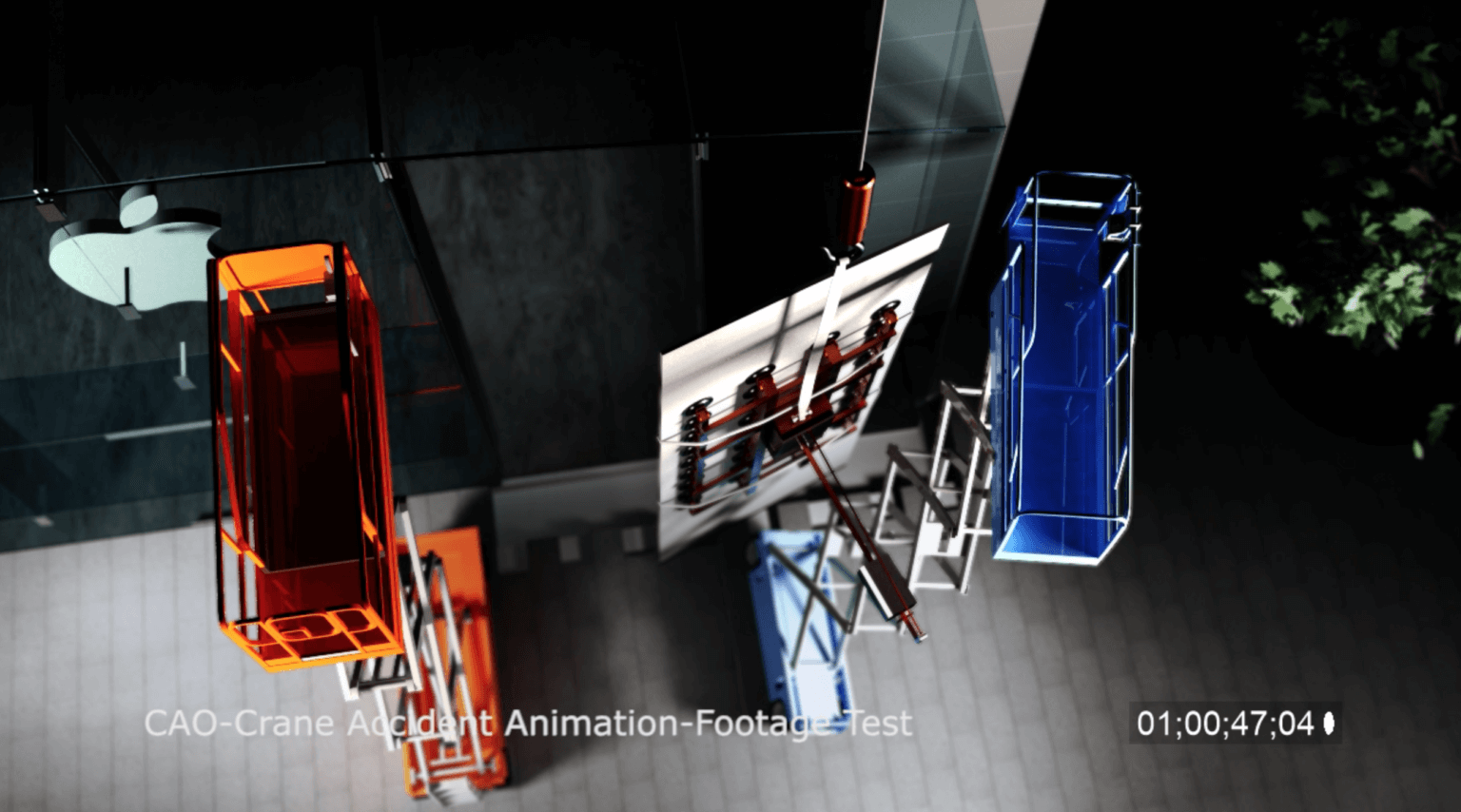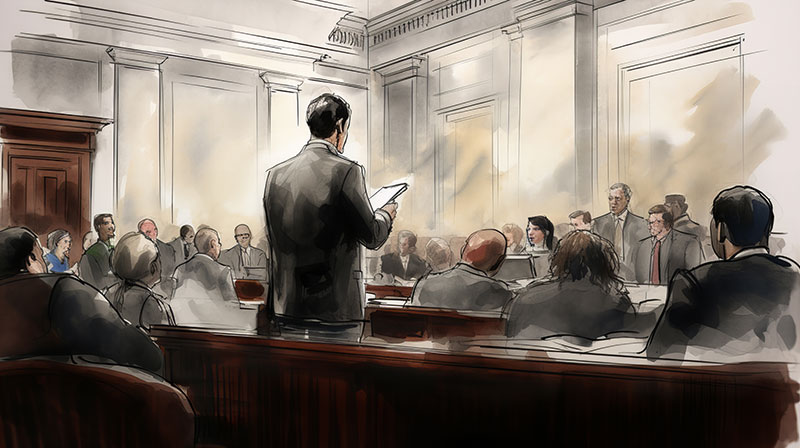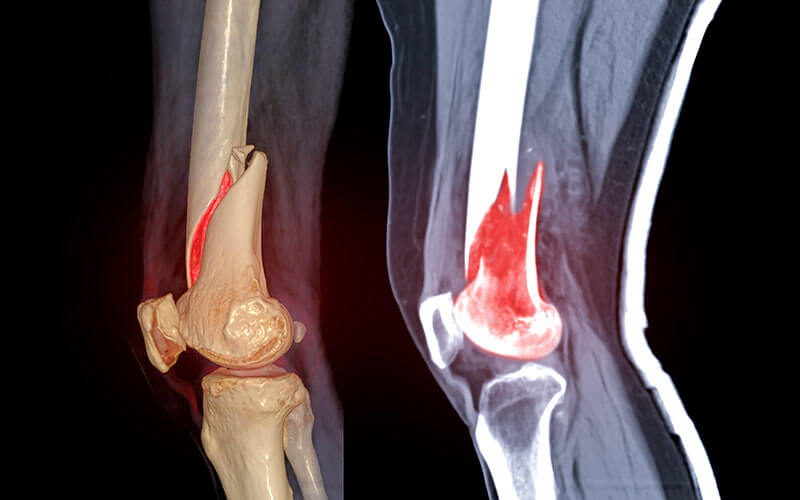Animation is a cinematic method whereby stationary images are manipulated to generate dynamic visuals. In the realm of traditional animation, images are painstakingly crafted by hand on transparent celluloid sheets, known as cels, which are subsequently captured and showcased on film. Animation has gained acknowledgement as a form of artistic expression, particularly within the realm of entertainment. Numerous animations are generated through computer technology, employing computer-generated imagery (CGI). Amidst the presence of various other forms, stop motion animation, notably claymation, has managed to endure.
A significant distinction lies in the fact that during the production phase, animated films necessitate a higher marginal cost for each additional shot compared to live-action films. In live-action filmmaking, it is relatively simple for a director to request another take during principal photography; however, in animation, every take must be meticulously rendered by animators manually (although advancements in computer animation have somewhat mitigated the tedium involved in rendering slightly different takes). Animation studios, such as Disney, recognized the futility of investing vast resources in employing numerous animators who spend extensive periods crafting visually stunning five-minute sequences that lack a proper plot progression. Consequently, they initiated the practice of establishing story departments in the 1930s. These departments employ storyboard artists who meticulously develop each scene through storyboards. Only after ensuring the coherence and significance of all scenes as a collective entity do they entrust the film to the animators. In contrast to animated films, which adhere more strictly to storyboards, live-action films possess greater freedom to deviate from the storyboard and engage in real-time improvisation.
In the realm of animation, there has long been a strong connection to comic books. While it is common for numerous comic book characters to transition onto the screen, particularly in Japan where many manga series are adapted into anime, there is also frequent integration of original animated characters within comic books and magazines. In a somewhat comparable manner, video games (which are an interactive form of animation that has developed into its separate medium) have drawn inspiration from movies in terms of characters and storylines, and the reverse is also true.


